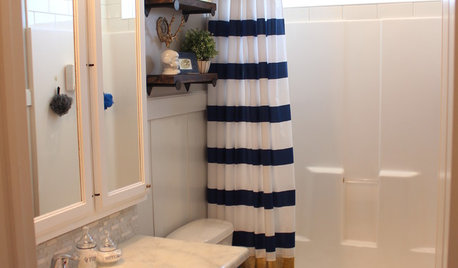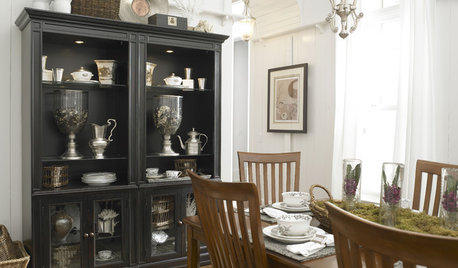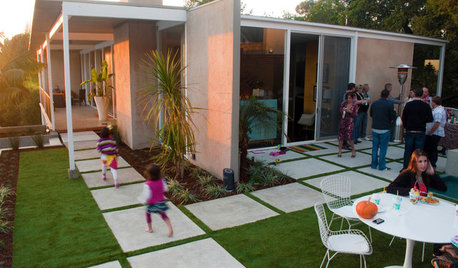COMPREHENSIVE Explanation - 250-400w Metal Halide
zink
16 years ago
Related Stories

MOST POPULARShe’s Baaack! See a Savvy DIYer’s Dramatic $400 Bathroom Makeover
You’ve already seen her dramatic laundry room makeover. Now check out super budget remodeler Ronda Batchelor’s stunning bathroom update
Full Story
SAVING WATER11 Ways to Save Water at Home
Whether you live in a drought-stricken area or just want to help preserve a precious resource, here are things you can do to use less water
Full Story
KITCHEN DESIGNWhat to Know When Choosing a Range Hood
Find out the types of kitchen range hoods available and the options for customized units
Full Story

HOUSEKEEPINGHousekeeping 101: How to Clean Silver
Learn from a pro how to properly clean and care for your precious silverware
Full Story
COLORHow to Pick the Perfect Accent Color
Not sure what colors go together in a room? Here are suggested combinations for different moods and effects
Full Story
INSIDE HOUZZThere’s a Party in the Backyard, Says a Houzz Landscaping Survey
Entertaining, growing edibles and solving problems are goals for homeowners planning to revamp their yards
Full Story
ECLECTIC HOMESHouzz Tour: Wild Ideas in the Windy City
When bold art meets great architecture and interior design, something wonderful happens
Full Story
HEALTHY HOMEA Guide to Indoor Air Purifiers
Get the lowdown on air filtration systems for your house and the important ratings to look out for
Full Story
LIGHTINGThe Lowdown on High-Efficiency LED Lighting
Learn about LED tapes, ropes, pucks and more to create a flexible and energy-efficient lighting design that looks great
Full Story





dcarch7 d c f l a s h 7 @ y a h o o . c o m
lermer
Related Professionals
Wixom Landscape Architects & Landscape Designers · Byram Landscape Contractors · East Hanover Landscape Contractors · Pleasant Grove Landscape Contractors · Quincy Landscape Contractors · Roseville Landscape Contractors · Roswell Landscape Contractors · Branford Fence Contractors · Cockeysville Fence Contractors · Manassas Fence Contractors · Silver Spring Fence Contractors · Waunakee Fence Contractors · La Mirada Fence Contractors · Thousand Oaks Roofing & Gutters · Ahwatukee Roofing & Gutters